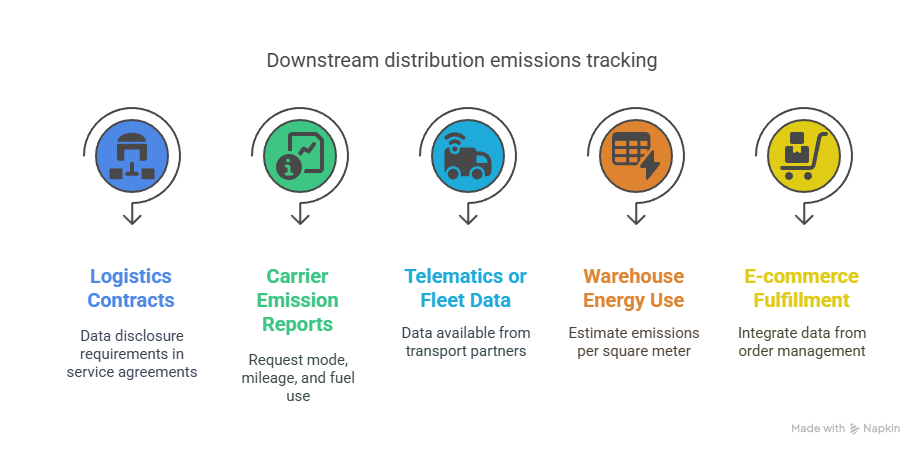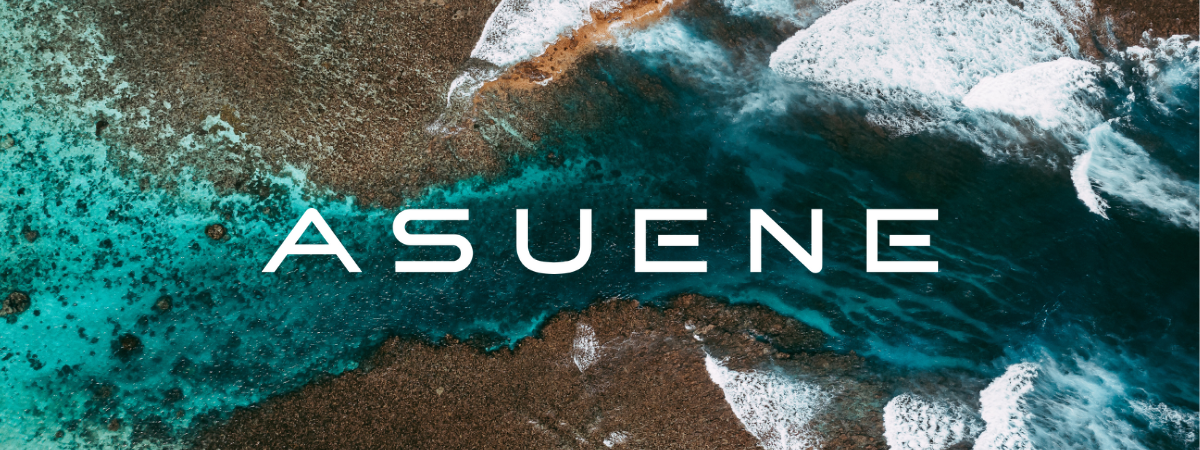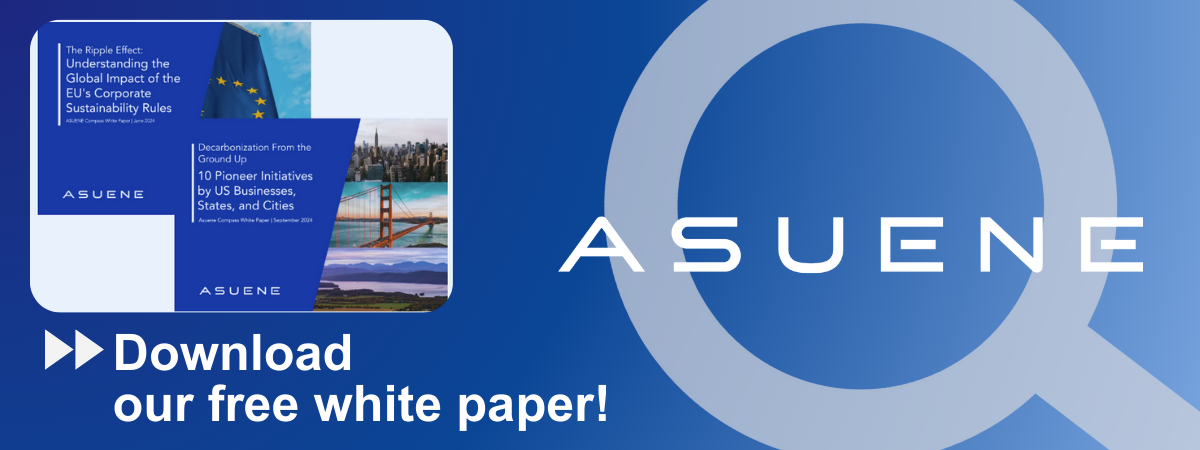- Article Summary
-
Overview of Category 9: Downstream Transportation and Distribution
Scope 3 Category 9 includes emissions from third-party transportation and distribution of a company’s sold products between the company’s operations and the end customer (excluding direct use-phase emissions). This includes both retail and business-to-business (B2B) delivery, as well as third-party warehousing.
As e-commerce and just-in-time logistics expand, downstream distribution emissions have become more significant and more visible, especially for consumer goods, retail, and electronics brands.

Boundary and Scope Definition
Included:
- Transportation of sold goods by external logistics providers
- Distribution centers and warehouses operated by third parties
- Post-sale logistics for retailers, manufacturers, and digital platforms
Excluded:
- Transportation using company-owned vehicles (Scope 1)
- Upstream logistics (Category 4)
- End-use product emissions (Category 11)
Regulatory and reporting frameworks:
- CSRD / ESRS E1: Requires breakdown of Scope 3 by downstream function
- IFRS S2: Emphasizes transparency in customer-facing logistics emissions
Calculation Methodologies
Common methods include:
- Distance-Based Method: Multiply the distance traveled and weight/volume of goods by mode-specific emission factors
- Fuel-Based Method: Use actual fuel data from third-party carriers if available
- Spend-Based Method: Apply emissions per dollar spent on distribution contracts (least preferred)
Key factors:
- Transport mode (air, sea, rail, truck)
- Delivery model (e.g. last-mile, international freight)
- Storage emissions (energy intensity of warehouses)
Data Collection Strategies
Companies can strengthen downstream distribution emissions tracking through:

- Logistics Contracts: Include data disclosure requirements in service agreements
- Carrier Emission Reports: Request mode, mileage, and fuel use by shipment
- Telematics or Fleet Data: Where available from transport partners
- Warehouse Energy Use: Estimate emissions per square meter for rented logistics space
- E-commerce Fulfillment Systems: Integrate data from order management and delivery tracking tools
Standardizing reporting expectations across logistics partners improves coverage and accuracy.

Emission Reduction Approaches
Reducing downstream distribution emissions involves optimizing logistics networks and supplier engagement:
- Mode Shifting: Use rail or sea over air or long-haul trucking where feasible
- Route Optimization: Leverage AI and digital mapping to shorten distances and reduce idle time
- Low-Emission Vehicles: Partner with last-mile carriers using electric or biofuel fleets
- Green Warehousing: Select facilities powered by renewable energy or certified green buildings
- Packaging Efficiency: Reduce volume and weight to cut transport-related emissions
Collaboration with third-party logistics (3PL) providers is key to long-term emissions alignment.
Case Studies: Innovation in Downstream Logistics
Amazon
Amazon has invested heavily in electrifying its delivery fleet, with over 10,000 electric vans deployed across North America and Europe. It also uses AI to optimize fulfillment center proximity and delivery routes. (Amazon Sustainability Report)
Zara (Inditext Group)
Zara integrates carbon efficiency into its product delivery strategy by consolidating shipments and optimizing multimodal transport. Warehouses are increasingly powered by renewable electricity. (Inditex Sustainability Portal)
IKEA
IKEA aims to make all customer deliveries emissions-free by 2025 in key cities. The company partners with EV-based last-mile carriers and redesigns packaging to reduce freight volumes. (IKEA Sustainability Strategy)
These examples show how distribution emissions—though outsourced—can be strategically addressed through data, technology, and partnerships.
Why Work with ASUENE Inc.?
Asuene is a key player in carbon accounting, offering a comprehensive platform that measures, reduces, and reports emissions, including Scope 1-3, with expertise in decarbonization. Asuene serves over 10,000 clients worldwide, providing an all-in-one solution that integrates GHG accounting, ESG supply chain management, a Carbon Credit exchange platform, and third-party verification.
ASUENE supports companies in achieving net-zero goals through advanced technology, consulting services, and an extensive network.


